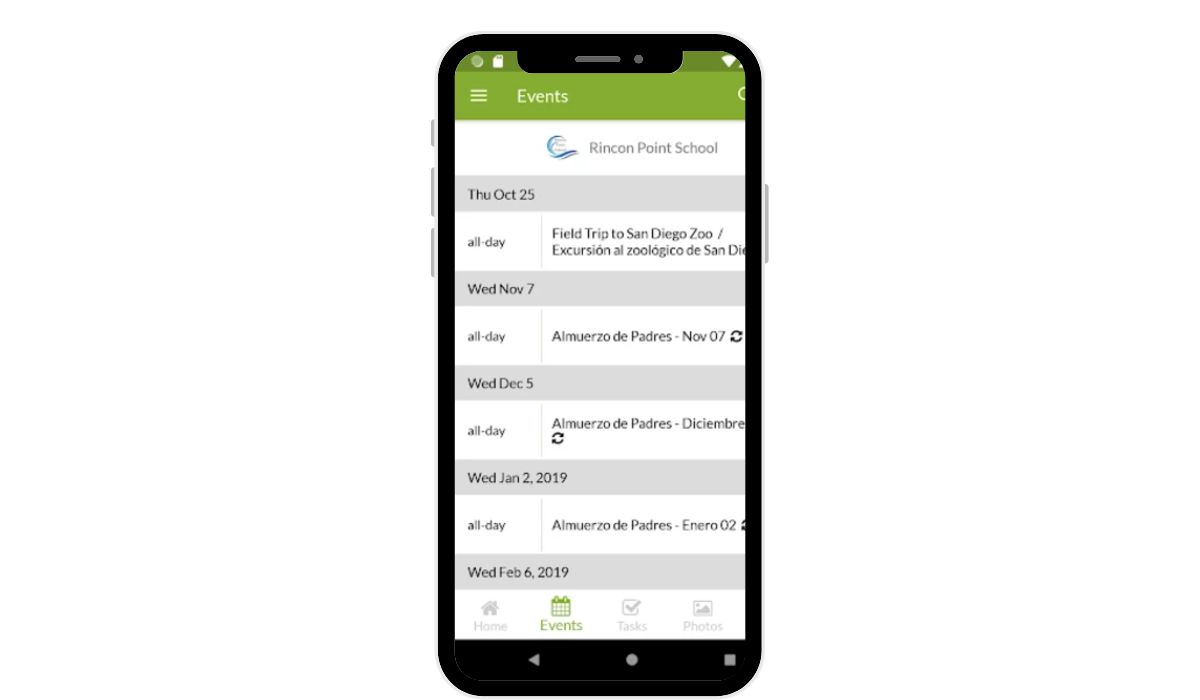A well-written essay is more than just a collection of words placed together in paragraphs. It is a structured composition that communicates an argument or idea clearly, logically, and effectively. Whether for academic purposes, personal reflection, or professional communication, essays serve as a powerful vehicle for expressing thoughts. But not all essays are created equal. Understanding the key components of a well-crafted essay can make the difference between a compelling piece and a confusing one.
Below are the essential elements that contribute to the structure and quality of a good essay.
1. Clear Thesis Statement
The thesis statement is the backbone of any essay. It is a single sentence, typically located at the end of the introduction, that outlines the main argument or position the writer intends to support. A clear thesis provides direction and sets expectations for the reader.
Example: “Social media has significantly transformed modern communication by making it more immediate, accessible, and widespread.”
2. Structured Introduction
The introduction should hook the reader’s attention while providing background information relevant to the topic. This section sets the tone for the rest of the essay and introduces the thesis statement in a compelling way. An engaging introduction includes a hook (such as a question or quote), background context, and a strong thesis.

3. Organized Body Paragraphs
Body paragraphs are where the main content resides. Each paragraph should focus on a single idea that supports the thesis. A well-developed body paragraph includes the following elements:
- Topic sentence: Introduces the main idea of the paragraph.
- Evidence: Provides facts, quotes, or examples to support the idea.
- Analysis: Explains the significance of the evidence in relation to the thesis.
- Transition: Leads smoothly to the next paragraph.
Consistency in structure ensures the reader stays engaged and understands the flow of the argument.
4. Coherence and Flow
Logical transitions between paragraphs and within them are crucial for maintaining coherence. Sentences and ideas should connect naturally. Transitional words such as “furthermore,” “in contrast,” and “as a result” can help guide the reader and ensure a fluid reading experience.
5. Compelling Conclusion
The conclusion serves to reinforce the thesis and summarize the main points. It should also provide closure by reflecting on the broader implications of the topic or offering suggestions for further thought or action. A strong conclusion leaves a lasting impression.

6. Proper Formatting and Citations
Essays that require research and academic references must be properly cited using the designated citation style (e.g., APA, MLA, Chicago). This not only lends credibility to the work but also avoids issues of plagiarism. Additionally, consistent formatting, such as headings, font size, and margins, contributes to the essay’s professionalism.
7. Proofreading and Editing
Even the most insightful essay can lose impact due to grammatical errors, poor word choices, or awkward phrasing. Editing ensures that ideas are conveyed clearly and that the writing is error-free. Proofreading should be done with fresh eyes or by another reviewer to catch mistakes that might be overlooked by the writer.
8. Purpose and Audience Awareness
Understanding the intended audience and the purpose behind the essay shapes both the content and the tone. An academic essay, for instance, differs significantly from a blog post in style, vocabulary, and depth of analysis. Tailoring the essay accordingly increases its effectiveness.
Frequently Asked Questions (FAQ)
-
Q: How long should an essay be?
A: Essay length varies depending on the assignment, but a standard academic essay is typically between 500 and 2000 words. -
Q: Can I use first-person in an academic essay?
A: It depends on the style and purpose. Some disciplines allow first-person for reflection or narration, while others prefer a more objective tone. -
Q: What if I can’t come up with a thesis?
A: Start by brainstorming the main point you want to make. Try summarizing your viewpoint in one sentence—that’s often your thesis. -
Q: How can I make transitions between paragraphs more effective?
A: Use transitional phrases and make sure the end of one paragraph logically leads into the start of the next. -
Q: Is a conclusion just a summary of the essay?
A: Not entirely. While it revisits main points, a conclusion should also provide insight or broader context to reinforce the essay’s significance.
In summary, a well-written essay is structured, coherent, and tailored to its audience and purpose. By ensuring the inclusion of each key component—from the thesis statement to careful proofreading—writers can craft essays that not only inform but also engage and persuade.
